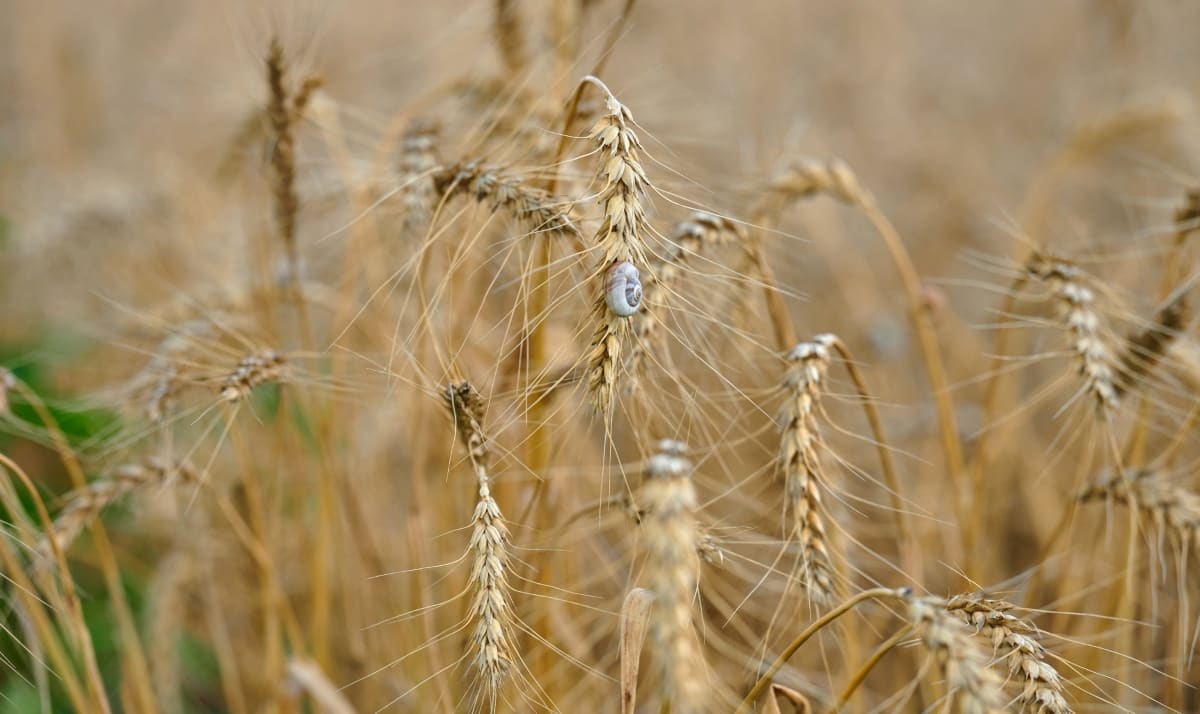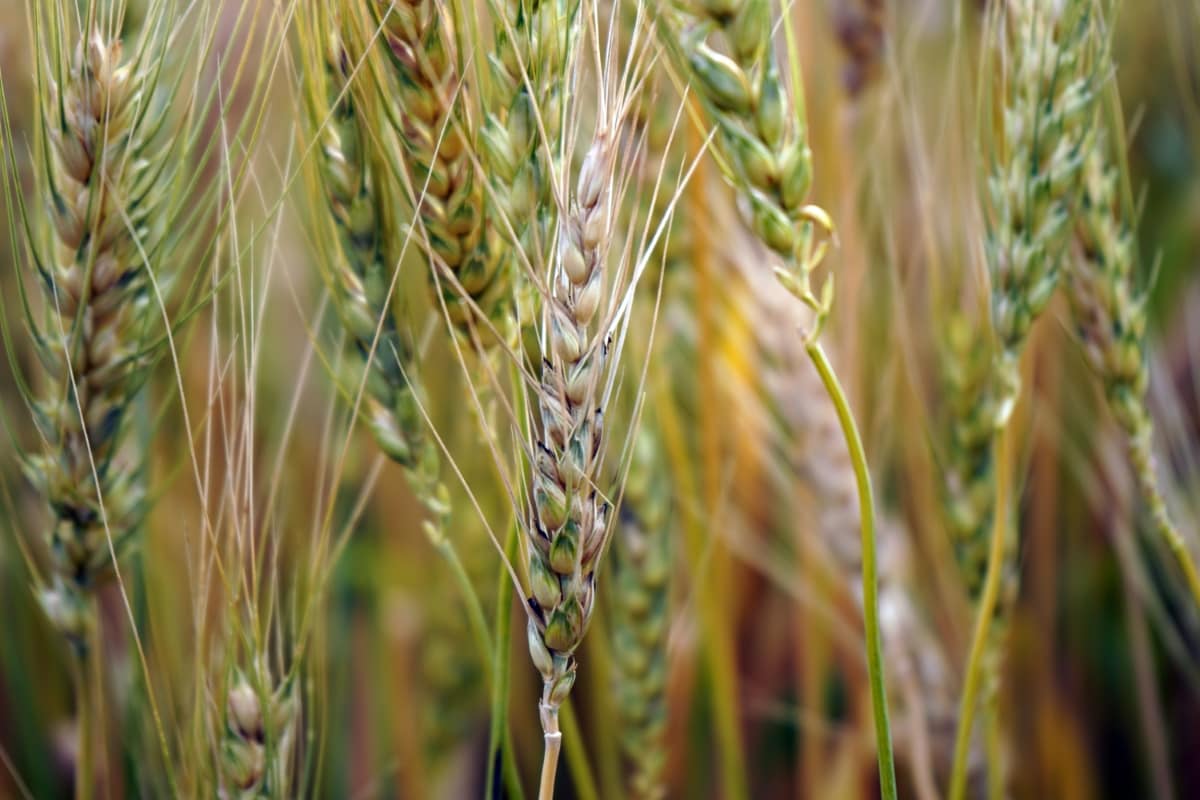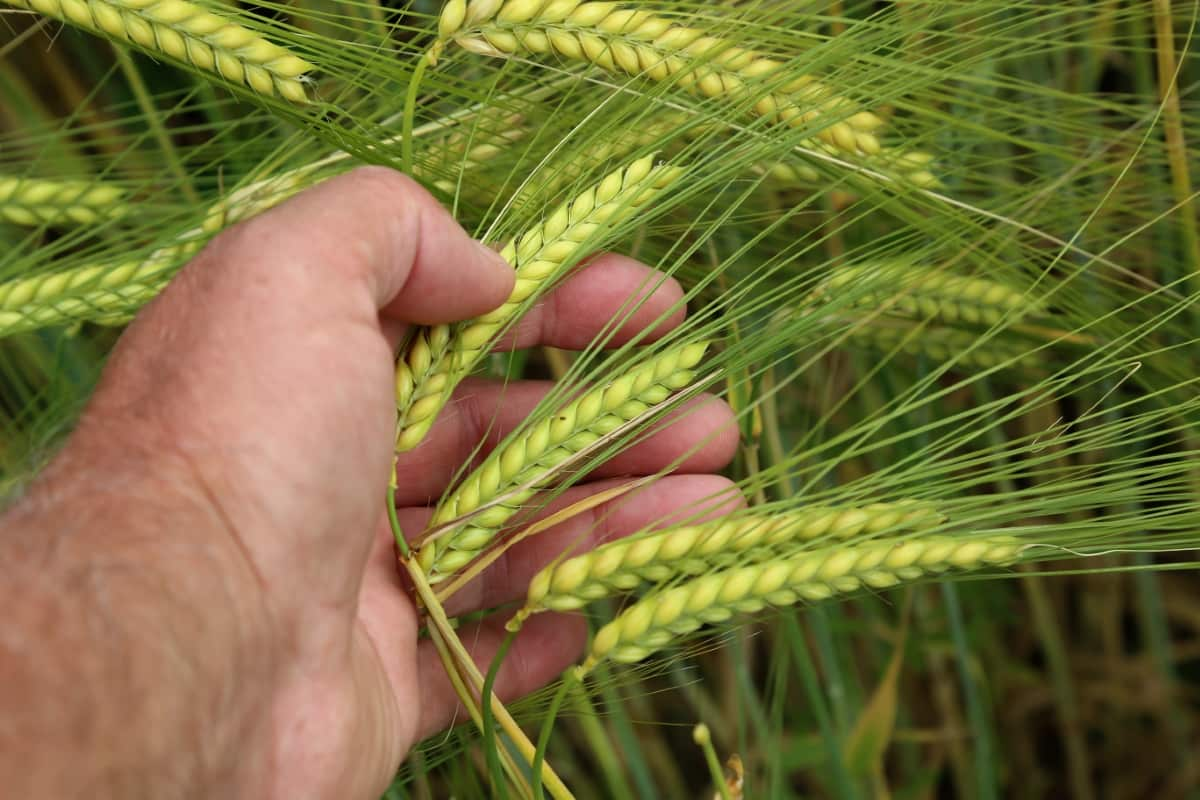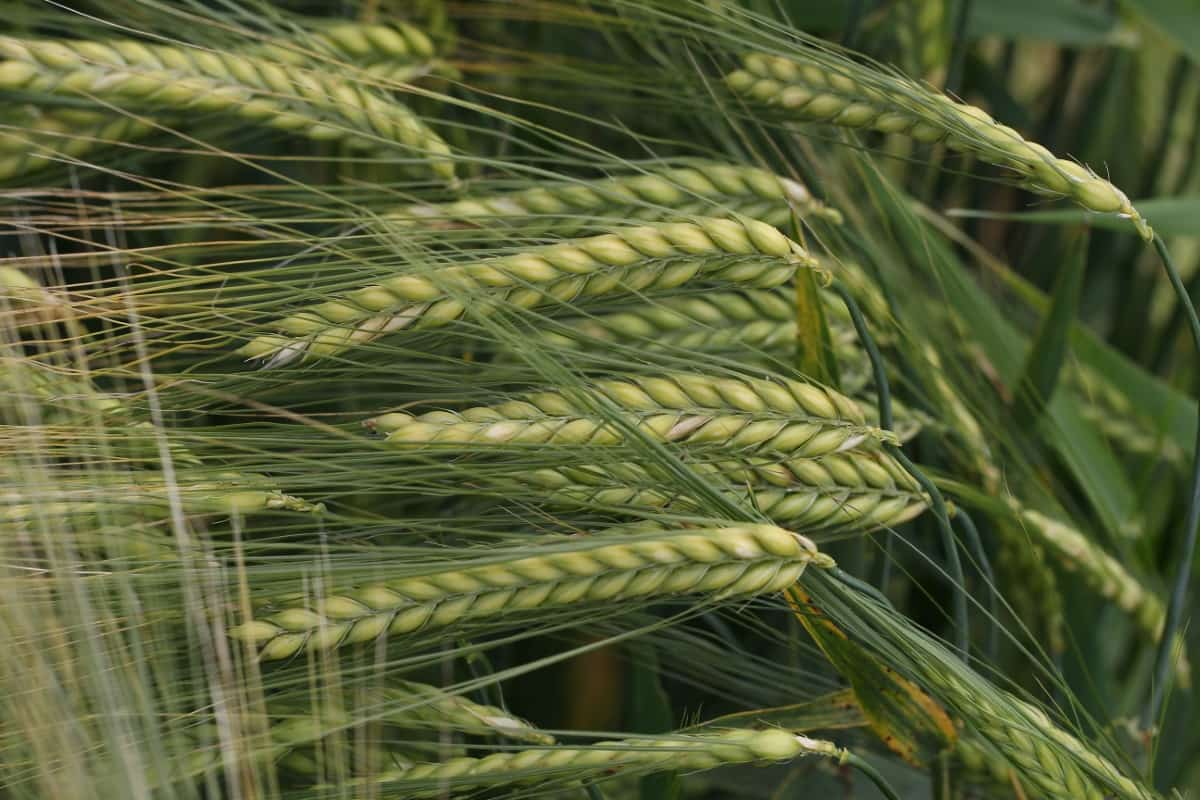Explore the intricacies of Ear Cockle Disease of Wheat in our comprehensive guide. Uncover the symptoms, identification methods, and the life cycle of this wheat affliction. Delve into the causative factors and effective treatments. Learn essential management strategies for wheat ear cockle, mitigating its impact on yield. Gain insights into preventative measures to safeguard your wheat crop from this disease. Elevate your understanding of Ear Cockle Disease for informed and proactive agricultural practices.

Ear Cockle Disease of Wheat
Introduction to Ear Cockle Disease
Ear cockle disease, also known as wheat nematode disease, is a serious disease of wheat caused by a microscopic worm called Anguina tritici. The disease affects the ears of wheat, causing them to become distorted, swollen, and filled with nematodes and bacteria.
Overview and Significance
Wheat, a crucial cereal crop, is threatened by biotic and abiotic factors, including ear cockle disease. This disease, prevalent in Asia, Africa, and Europe, can lead change up to 50% yield loss and reduce grain quality by affecting weight, size, color, and protein content. It poses a health risk humans, animals, as nematodes and bacteria can contaminate flour and cause infections.
Historical Perspective
Ear cockle disease, first reported in England in 1743, was named after the resemblance of infected ears to cockles or clams. The disease’s causal agent, Anguina tritici, was identified by Nathan Cobb in 1890 and transmitted through seeds. George Mann discovered the association of Clavibacter tritici with the disease in 1909, demonstrating that the bacterium was responsible for galls or swellings on the ears.
Causal Agent of Ear Cockle Disease
Ear cockle disease is caused by the nematode Anguina tritici, a slender, cylindrical worm belonging to the phylum Nematoda, class Secernentea, order Tylenchida, family Anguinidae, and genus Anguina. The worm has four life stages: egg, larva, adult male, and adult female. It can be identified by observing its morphology, behavior, and symptoms in wheat plants. The nematode can be extracted from infected ears or seeds by soaking them in water or salt solution and examining them under a microscope.
Its characteristic movement, described as “eeling” or “thrashing,” distinguishes it from other plant-parasitic nematodes. Symptoms include stunting, yellowing, wilting, and premature ripening of plants. The ears become distorted, swollen, and filled with nematodes and bacteria, while the grains are faded, discolored, and lighter than normal.
Biology and Lifecycle of the Pathogen
Anguina tritici is a nematode that lives in wheat plants and seeds. It completes its lifecycle in one year and has four generations per year. The lifecycle consists of four stages: egg stage, larvae, adult stage, and seed transmission stage. Eggs are laid by adult females inside galls or swellings on wheat ears and hatch into larvae within 10-15 days. Larvae are vermiform and motile and feed on plant cells.
They migrate from galls to grains through the plant’s vascular tissues and remain dormant until harvest. Adults molt four times and become adults within 2-3 months. Adults mate inside seeds and produce eggs. Seed transmission occurs when farmers sow infected seeds. Larvae invade seedlings’ roots, feed on root cells, migrate to stems and leaves, and reach the ears during flowering. The cycle repeats.
Symptoms and Diagnosis
- Ear cockle disease is a disease that affects wheat plants and grains, causing various symptoms depending on the stage and severity of infection. Early-stage symptoms include stunting, yellowing, wilting, and premature ripening.
- Stunting occurs when infected plants are shorter and have reduced biomass while yellowing and wilting occur when plants are exposed to hot and dry conditions. Premature ripening occurs when infected plants mature earlier than normal and have reduced grain filling.
- Advanced-stage symptoms appear on the ears of wheat plants during reproductive growth, including distortion, swelling, filling, discoloration, and shriveling. Infected ears are irregularly shaped, enlarged, thickened, and filled with nematodes and bacteria.
- Discoloration can be seen as brown, black, or purple spots or streaks while shriveling results in shriveled, wrinkled, or deformed grains with reduced weight, size, and quality.
Diagnostic Techniques
Ear cockle disease can be diagnosed using various techniques, including visual inspection, microscopic examination, and molecular detection. Visual inspection can detect symptoms like distorted, swollen, and filled ears but may not be accurate or reliable due to potential confusion with other diseases. Microscopic examination can confirm the presence of nematodes by extracting nematodes from ears or seeds and identifying their morphology, behavior, and movement.
Molecular detection, like polymerase chain reaction or DNA barcoding, is more sensitive and specific than microscopic examination. Ear cockle disease’s epidemiology is the study of its distribution, occurrence, and spread in relation to factors like geographic location, environmental conditions, and host resistance.
In case you missed it: How to Manage Pests in Wheat: Damage Symptoms, Prevention, Treatment, and Control

Factors affecting the epidemiology include its widespread distribution in wheat-growing regions, particularly in Asia, Africa, and Europe, and its prevalence in temperate zones and irrigated areas. The disease prevalent in temperate zones due to the preference of nematodes for cooler temperatures and favorable moisture conditions in irrigation.
Environmental Factors Affecting Spread
Ear cockle disease spreads due to various environmental factors, including temperature, moisture, wind, and soil. Temperature affects nematode development, survival, and reproduction, with optimal temperatures being 15-25°C. Moisture affects nematode movement, infection, and transmission, with high levels facilitating movement and low levels limiting infection. Dry seeds can preserve viability for longer periods than moist ones.
Wind can disperse nematodes from one field to another, carrying infected ears or seeds over long distances and causing dust storms that damage wheat plants. Soil also plays a role in nematode survival and distribution. Sandy soils are more favorable for nematode movement than clayey soils, as they have more pores and spaces for passage.
Impact on Wheat Production
Climate change poses a threat to wheat production, causing a decline in yield and quality and negatively impacting food security, livelihoods, and the environment. Heat stress can reduce photosynthesis, grain filling, biomass accumulation, and water use efficiency, leading to physiological disorders like spikelet sterility and reduced grain weight. Wheat yield can decline by 3–6% for every one °C increase in temperature above the optimal level.
Heat stress also affects wheat quality by affecting grain protein content, gluten strength, starch properties, and baking performance. The economic impact of climate-induced crop yield changes depends on factors like market prices, trade policies, consumer preferences, and adaptation strategies. Wheat production would decrease in all countries except Ethiopia under all scenarios, with India and China experiencing the largest losses under four °C warming. The economic impacts varied across regions and sectors, depending on exposure, sensitivity, and adaptive capacity.
Preventive Measures
Preventive measures aim to reduce crop vulnerability to climate change. Examples include climate-smart agriculture, which integrates economic, social, and environmental dimensions to increase productivity, adaptation, and mitigation while reducing greenhouse gas emissions and food security.
In case you missed it: How to Manage Common Diseases in Wheat: Damage Symptoms, Treatment, Spread, and Prevention

Crop insurance provides financial compensation to farmers in crop failure or loss due to natural disasters or extreme weather events, reducing income uncertainty and encouraging investment in adaptation technologies. Early warning systems monitor, forecast, and communicate climate-related hazards and risks to improve preparedness, response, and recovery from climate shocks and stresses.
Management Strategies
Cultural practices involve adopting agronomic techniques to improve soil health, water availability, nutrient management, and crop establishment. Examples include conservation tillage, yield gap strategies, and adjusting sowing dates to mitigate climate-induced stresses. Crop rotation, field sanitation, and the use of resistant wheat varieties contribute to sustainable farming.
Chemical control measures encompass the use of pesticides, growth regulators, and antioxidants to protect crops from pests and diseases, mitigate oxidative damage, and enhance overall performance under stress conditions. Biological control options involve the utilization of biopesticides, biofertilizers, and biofortifiers derived from living organisms to suppress pests, improve soil fertility, and enhance crop growth and stress tolerance.
In case you missed it: Wheat Root-knot Nematode Pest Management in Wheat: Symptoms, Treatment, Chemical, Biological, Natural, and Organic Control

Conclusion
Understanding the Ear Cockle Disease of Wheat is vital for effective management. Early identification of symptoms is key. Implementing control measures and targeted treatments ensures crop health. Stay vigilant to safeguard wheat yields against this prevalent threat.
- Deworming Schedule for Dogs/Puppies: A Beginners Guide
- How to Prevent and Control Parasites in Goats
- Beneficial Insects in Pest Management
- Natural Solutions for Pest Control in Flower Gardens
- Types of Fungicides Used in Agriculture
- Common Issues in the Fruit Development Stage of Pomegranate Farming
- Fruit Development Issues in Papaya: Easy Solutions and Treatment
- Soil-Borne Diseases and How to Protect Your Plants
- Practices to Prevent Disease Spread in the Garden